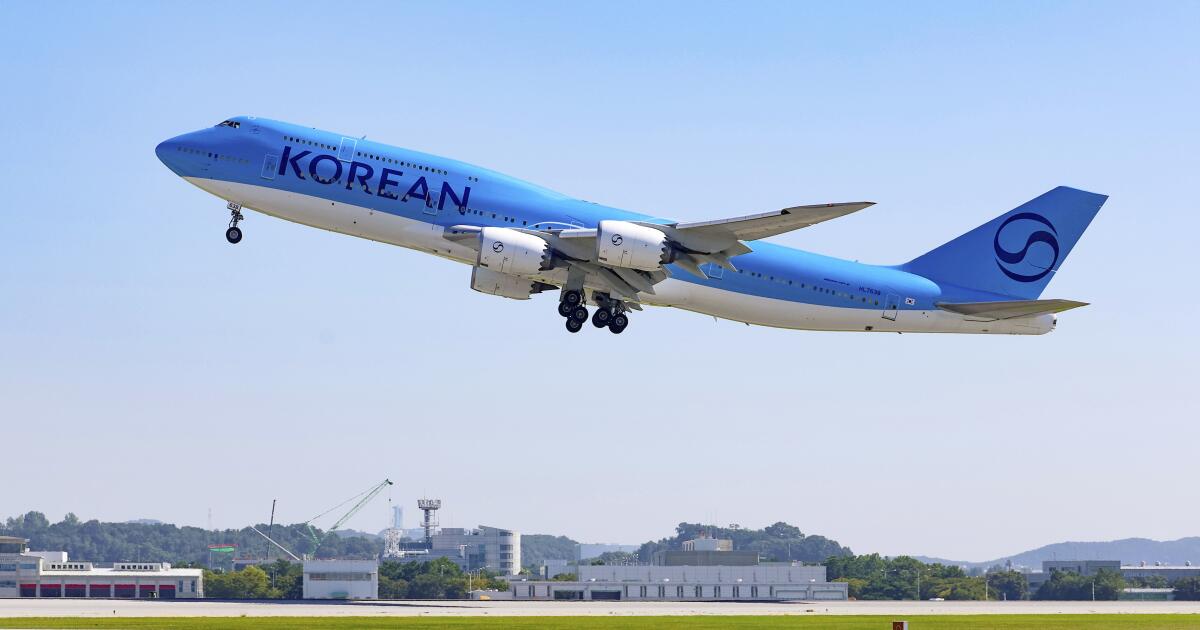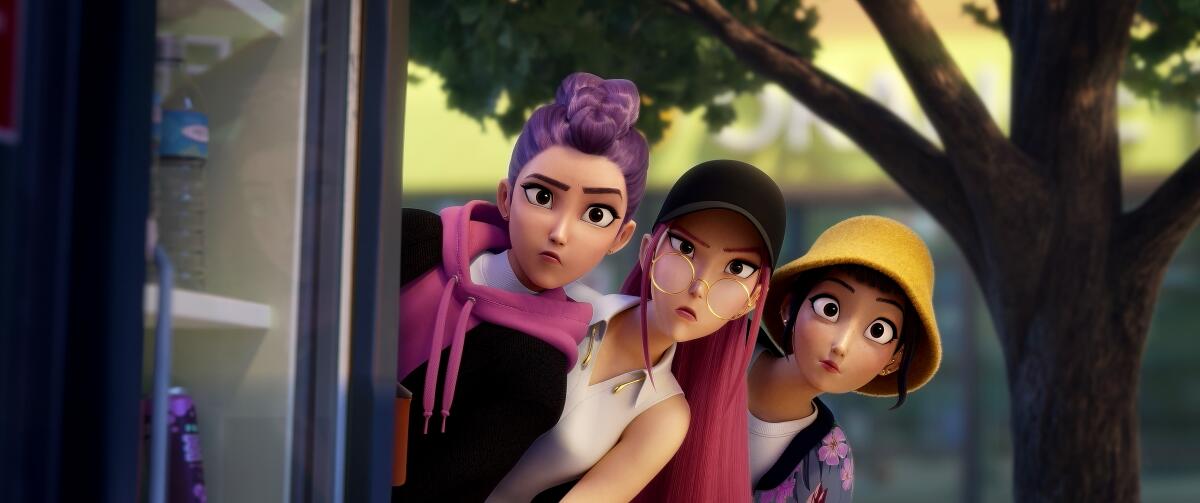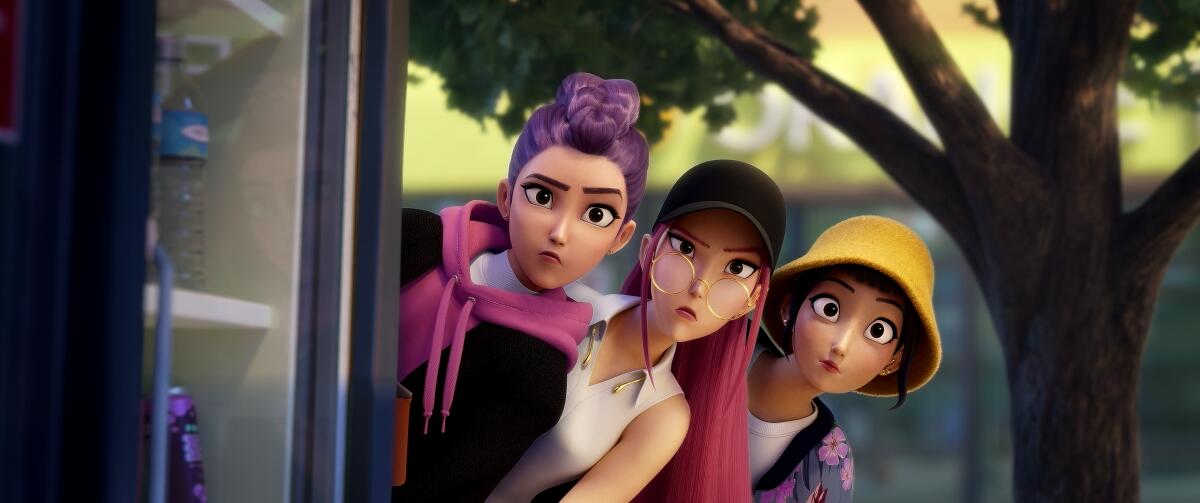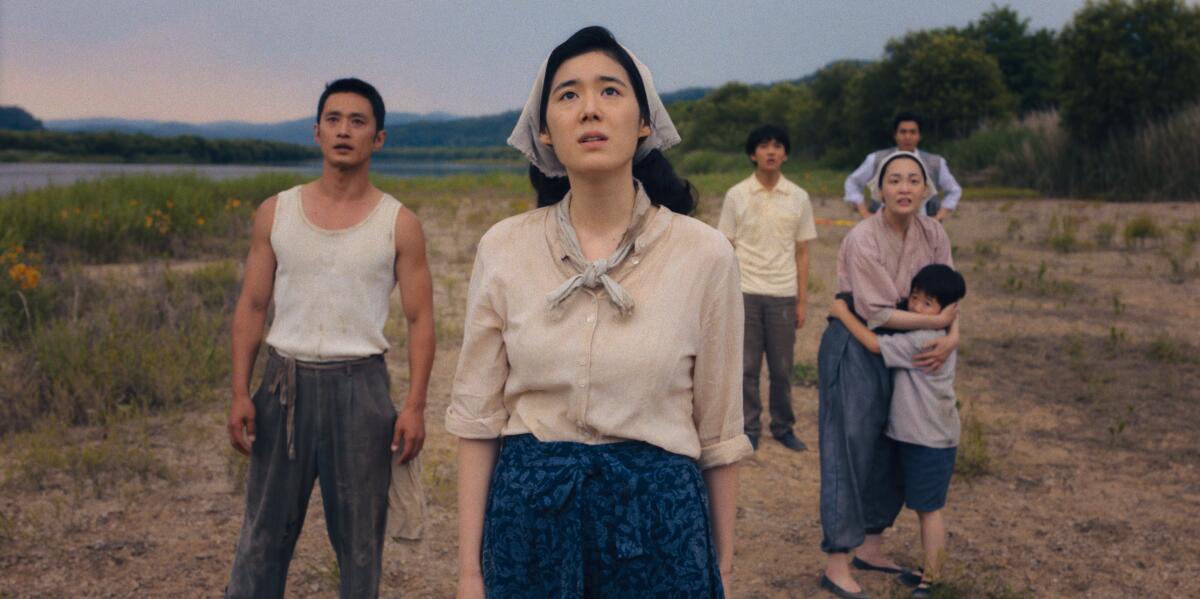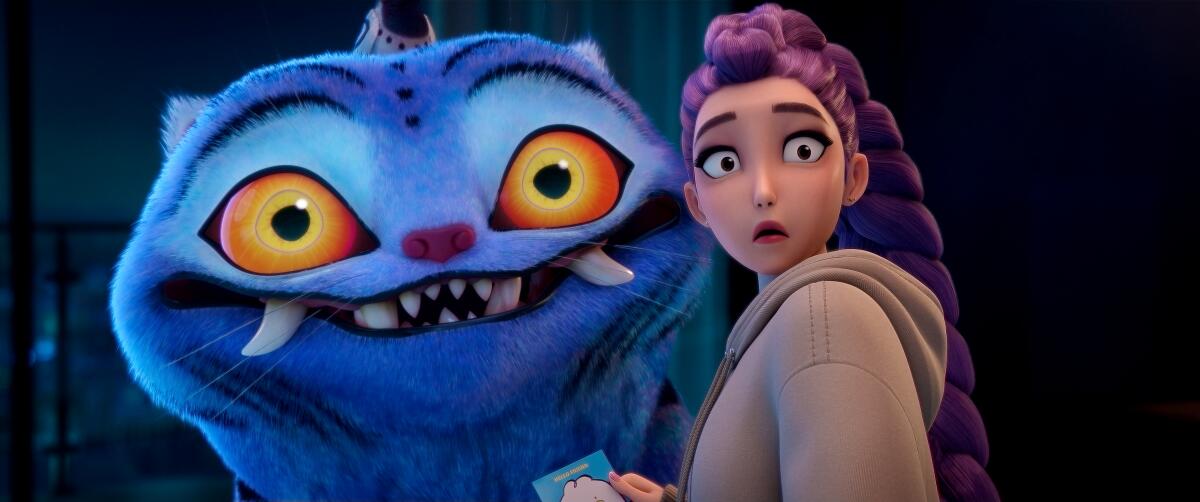South Korea sends plane to U.S. to bring back workers detained in immigration raid
SEOUL, South Korea — A South Korean charter plane left for the U.S. on Wednesday to bring back Korean workers detained in an immigration raid in Georgia last week, though officials said the return of the plane with the workers onboard will not happen as quickly as they had hoped.
A total of 475 workers, more than 300 of them South Koreans, were rounded up in the Sept. 4 raid at the battery factory under construction at Hyundai’s sprawling auto plant. U.S. authorities released video showing some being shackled with chains around their hands, ankles and waists, causing shock and a sense of betrayal among many in South Korea, a key U.S. ally.
South Korea’s government later said it reached an agreement with the U.S. for the release of the workers.
Korean workers expected to be brought back home after days of detention
South Korean TV footage showed the charter plane, a Boeing 747-8i from Korean Air, taking off at Incheon International Airport, just west of Seoul. South Korea’s Foreign Ministry said it was talking with U.S. officials about letting the plane return home with the released workers as soon as possible. But it said the plane cannot depart from the U.S. on Wednesday as South Korea earlier wished due to an unspecified reason involving the U.S. side.
The Korean workers are currently being held at an immigration detention center in Folkston in southeast Georgia. South Korean media reported they will be freed and driven 285 miles by bus to Atlanta to take the charter plane.
South Korean officials said they’ve been negotiating with the U.S. to win “voluntary” departures of the workers, rather than deportations that could result in making them ineligible to return to the U.S. for up to 10 years.
The workplace raid by the U.S. Homeland Security agency was its largest yet as it pursues its mass deportation agenda. The Georgia battery plant, a joint venture between Hyundai and LG Energy Solution, is one of more than 20 major industrial sites that South Korean companies are currently building in the United States.
Many South Koreans view the Georgia raid as a source of national disgrace and remain stunned over it. Only 10 days earlier, South Korean President Lee Jae Myung and President Trump held their first summit in Washington on Aug. 25. In late July, South Korea also promised hundreds of billions of dollars in U.S. investments to reach a tariff deal.
Experts say South Korea won’t likely take any major retaliatory steps against the U.S., but the Georgia raid could become a source of tensions between the allies as the Trump administration intensifies immigration raids.
South Korea calls for improvement in U.S. visa systems
U.S. authorities said some of the detained workers had illegally crossed the U.S. border, while others had entered the country legally but had expired visas or entered on a visa waiver that prohibited them from working. But South Korean experts and officials said Washington has yet to act on Seoul’s yearslong demand to ensure a visa system to accommodate skilled Korean workers needed to build facilities, though it has been pressing South Korea to expand industrial investments in the U.S.
South Korean companies have been relying on short-term visitor visas or Electronic System for Travel Authorization to send workers needed to launch manufacturing sites and handle other setup tasks, a practice that had been largely tolerated for years.
LG Energy Solution, which employed most of the detained workers, instructed its South Korean employees in the U.S. on B-1 or B-2 short-term visit visas not to report to work until further notice, and told those with ESTAs to return home immediately.
During his visit to Washington, South Korean Foreign Minister Cho Hyun met representatives of major Korean companies operating in the U.S. including Hyundai, LG and Samsung on Tuesday. Cho told them that South Korean officials are in active discussions with U.S. officials and lawmakers about possible legislation to create a separate visa quota for South Korean professionals operating in the U.S., according to Cho’s ministry.
Trump said this week the workers “were here illegally,” and that the U.S. needs to work with other countries to have their experts train U.S. citizens to do specialized work such as battery and computer manufacturing.
Atlanta immigration attorney Charles Kuck, who represents several of the detained South Korean nationals, told the Associated Press on Monday that no company in the U.S. makes the machines used in the Georgia battery plant. So they had to come from abroad to install or repair equipment on-site — work that would take about three to five years to train someone in the U.S. to do, he said.
The South Korea-U.S. military alliance, forged in blood during the 1950-53 Korean War, has experienced ups and downs over the decades. But surveys have shown a majority of South Koreans support the two countries’ alliance, as the U.S. deployment of 28,500 troops in South Korea and 50,000 others in Japan has served as the backbone of the American military presence in the Asia-Pacific region.
During a Cabinet Council meeting on Tuesday, Lee said he felt “big responsibility” over the raid and expressed hopes that the operations of South Korean businesses won’t be infringed upon unfairly again. He said his government will push to improve systems to prevent recurrences of similar incidents in close consultations with the U.S.
Kim and Tong-Hyung write for the Associated Press.
